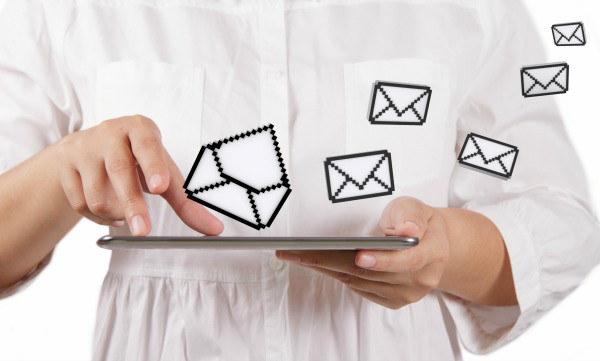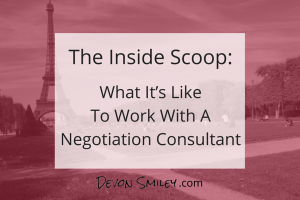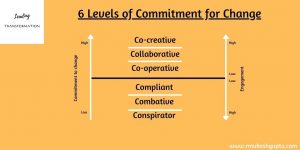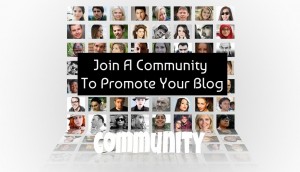Did you know that email marketing continues to produce the highest ROI of just about any other digital marketing tactic? But, If you are still using old school spray-and-pray email marketing methods, you are doing it all wrong. Email is a super powerful way to nurture leads and increase sales, when done correctly.

Get ready to win buyers and influence sales through email marketing. Here’s what you need to do:
Clean Up Your List
If you’ve been holding on to your same email list (trust me, I understand) for the past several years, it may be time to do a serious purge. If your list is mostly defunct, your email marketing efforts will be as well. The average list decays at a rate of about 25% per year and bounce rates, un-opens, and other factors related to defunct emails affect deliverability to quality addresses.
To clean up your email list list:
- Go through and delete defunct addresses.
- Reconfirm inactive subscribers by sending them a note with a new sign up link.
- Consider an outside source to clean and validate your email list. Email provider MailChimp suggests the following 3rd party services: BriteVerify, Data Validation, LeadSpend, or Kickbox
Get to Know Your Subscribers
The more you understand who your subscribers are, the higher quality content you will deliver to them. As you are going through and cleaning up your list, start to divide your contacts into natural segments such as customers, vendors, partners, etc. You can also segment by geography, position in company, type of company and/or their buyer persona.
Once you have put in a natural segmentation on existing subscribers, take the steps to start segmenting new leads by setting up preference options at sign up.
If you want to dig even deeper (and you should!), consider these tactics:
- Split test your messages and analyze how subscribers respond.
- Monitor comments that customers are making on review sites, social channels, on your website and in your inbox.
- Send out a survey to your entire subscriber list, but be sure to keep it less than 10 questions. Ask them what they are most interested in receiving from you, and how valuable they find your content. You may consider incentivizing them to respond.
Incorporate Email into a Larger Inbound Strategy
Here is where you get down to the nitty-gritty of email marketing… when you incorporate it into an overall inbound marketing strategy. Email is most powerful when it’s integrated with the rest of your marketing. Afterall, you have a lot of marketing channels and assets – make sure you use them together for best results!
Here’s how:
- Integrate email with social by adding share buttons to every send.
- Email based on social media insights – you’ll see who has shared your email, trigger a follow up email (see below) to this highly engaged audience.
- Add a call-to-action to your social media posts for email subscription.
- Enable an HTML version of your email (where folks can see it online) and that may also help in SEO.
- Dive into email insights and use it to drive other digital initiatives (did folks click but not buy, for example? This is valuable information!)
Workflows, Triggered Sends and Contextualization
Here are some pretty fancy marketing words that you may be hearing more of down the road. Basically, these terms represent “email of the future”; personalizing the subscriber experience and being relevant.
Here is a breakdown:
- Workflows are series of automated actions that you can trigger to occur based on a person’s behaviors or contact information. For example, a workflow can be triggered once they download a marketing offer, then you send a follow-up email 1 week later, with a piece of content that is related to the topic of the individual’s first conversion. Next you follow up with a second conversion opportunity, this time for an offer that is more focused on what your company provides. Convert into a sale. Voila!
- Triggered sends are similar to workflows in the sense that a once an event happens, an email is triggered. What makes them different is that these emails are triggered based on specific event such as a birthday, a clicked link or an abandoned shopping cart. These are more timely tactics.
- Contextualized emails are in context to location, timing, device, weather and social. Email content is relevant to your customers surroundings at the time of open. So, how can you figure that out? When you start capturing information (see above) about your subscribers, you can use that information in your email sends. Some examples of contextual emails include autofilling their first name in the intro, their business name in the body, their social media activity, a reference to their segment and a solution to a potential problem you’ve gathered by tracking their clicks. Creepy? Yes. But, when done tastefully it can be utterly effective.
Plan for the Future
In 2015, more changes are going to take place and the world of marketing solutions and it will continue to evolve. If you’re going to nurture leads, you might as well make sure that you do it for the long run rather than just for a moment and that you’re approaching it from the standpoint of being truly helpful and with transparency. People want buy from brands they trust.
What are your tips for successful email marketing? I’d love to know!
Digital & Social Articles on Business 2 Community
(319)
Report Post






